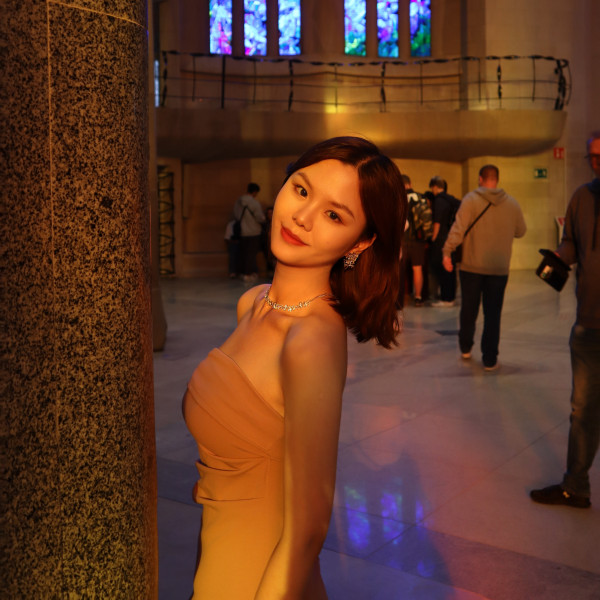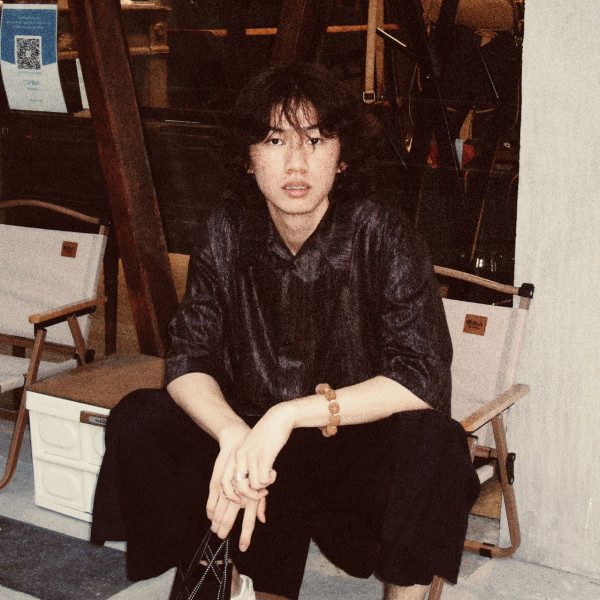5 key facts about this project
At its core, this architectural design functions not just as a building but as a catalyst for community interaction and environmental sustainability. The project includes various spaces dedicated to different activities, promoting a versatile usage that caters to the diverse needs of its users. The multifunctional layout allows for a range of events and gatherings, from communal workshops to individual study areas, reflecting a thoughtful approach to modern living where flexibility is paramount.
In examining the visual elements, the project boasts an array of carefully considered features. The façade employs a combination of contemporary materials, including exposed concrete, glass, and steel, which work together to create a dialogue between the interior and exterior environments. The transparency of the glass elements facilitates natural light penetration, fostering a sense of openness and connection with the outside world, while the robust concrete provides structural integrity and a foundation of permanence.
The roof design is particularly noteworthy, incorporating green roofs and integrated solar panels. This not only helps in reducing the ecological footprint of the building but also enhances its aesthetic qualities, creating an engaging variation in the skyline. The inclusion of vegetation supports biodiversity and promotes a healthier microclimate, showcasing a holistic approach to architecture that prioritizes nature alongside human activity.
Attention to detail permeates the project's design, from the choice of materials to the craftsmanship evident throughout. The interplay of textures between the smooth glass and the rugged concrete offers a tactile richness that invites exploration. Interior spaces are organized around principles of accessibility and comfort, ensuring that all areas are not only functional but inviting, with warm finishes and thoughtful lighting design enhancing the user experience.
Unique design strategies are evident in the way the building interacts with its context. Significant consideration has been given to the orientation and siting of the structure, maximizing views and sunlight while minimizing wind exposure. The landscape architecture surrounding the building complements the design, providing green spaces that serve both aesthetic and practical purposes. Walkways, seating areas, and gardens encourage community engagement and support a healthier lifestyle for users.
Throughout the architectural plans, sections, and designs, a clear narrative emerges—one that speaks to the evolving needs of urban living. This project stands as an exemplar of how architecture can respond thoughtfully to contemporary challenges, integrating sustainability, community engagement, and innovative design approaches.
For those interested in a deeper exploration of the project, it is encouraged to review the architectural plans, sections, and detailed designs. Engaging with these elements provides further insights into the underlying concepts and practical applications of the architectural ideas presented. There is much to discover in how this project not only serves its immediate function but also contributes to a broader dialogue about the role of architecture in enhancing community and environmental well-being.


 Zhiyu Zhang,
Zhiyu Zhang,  Yangtong Zhao
Yangtong Zhao 




















